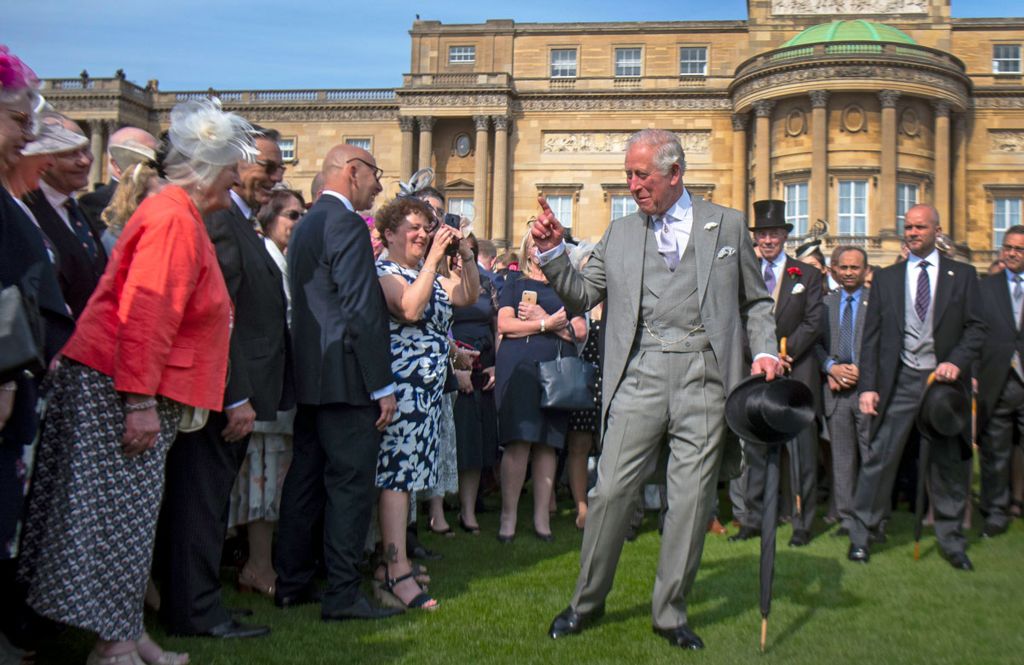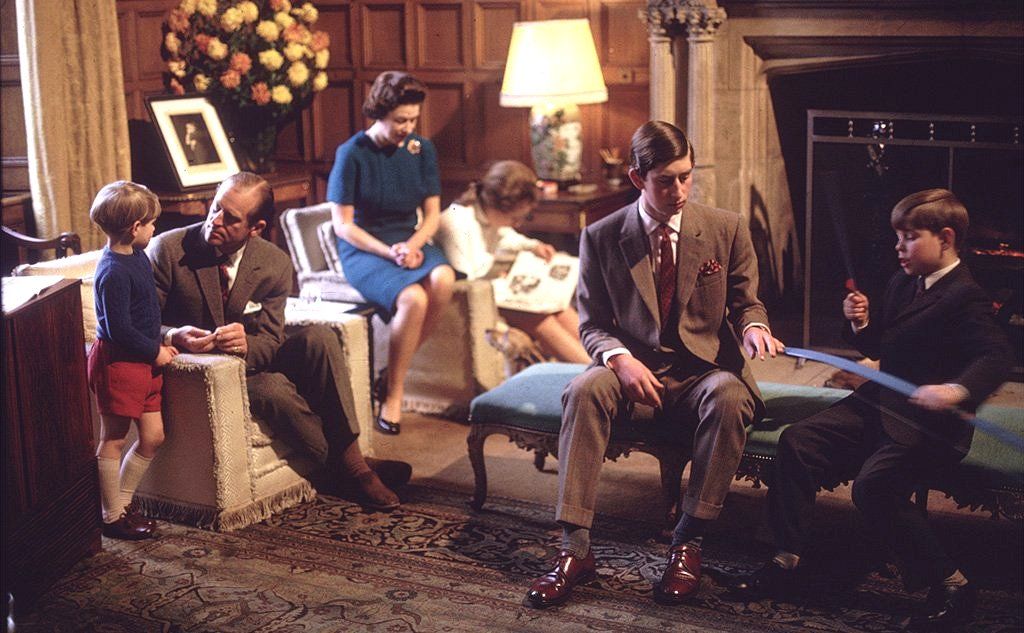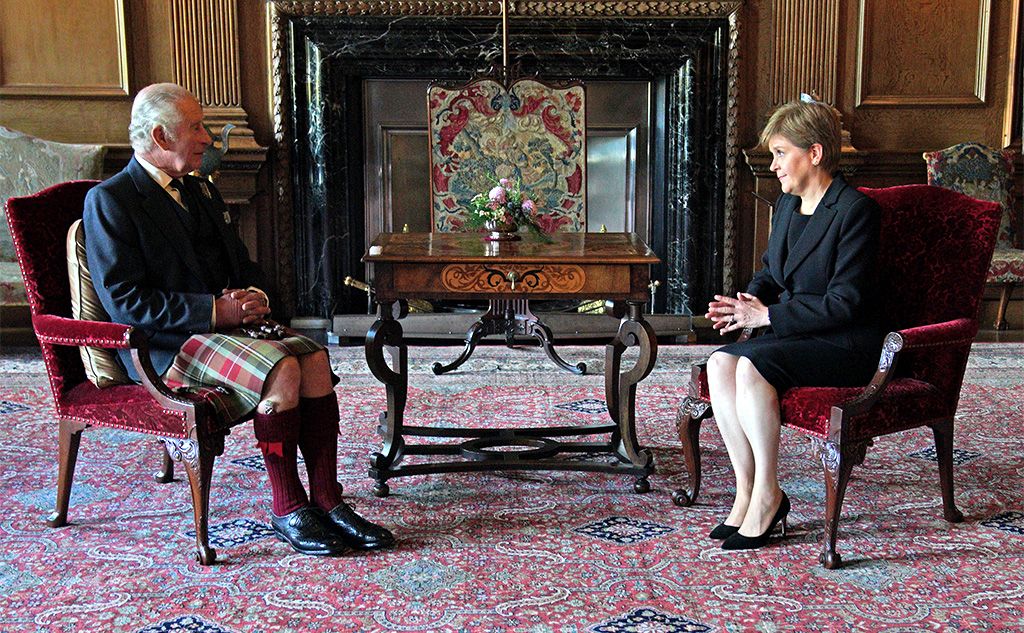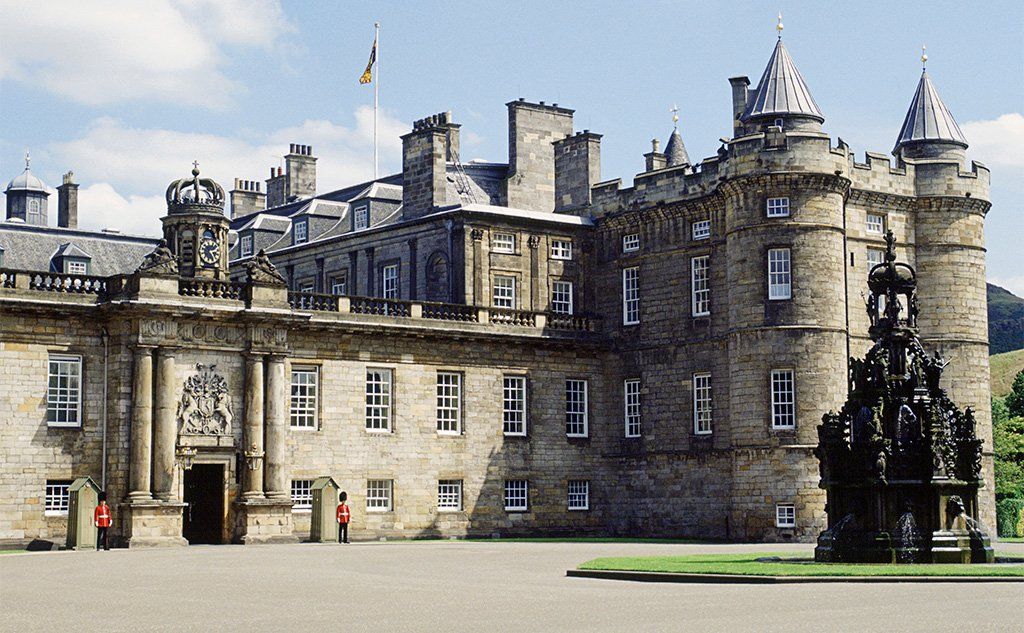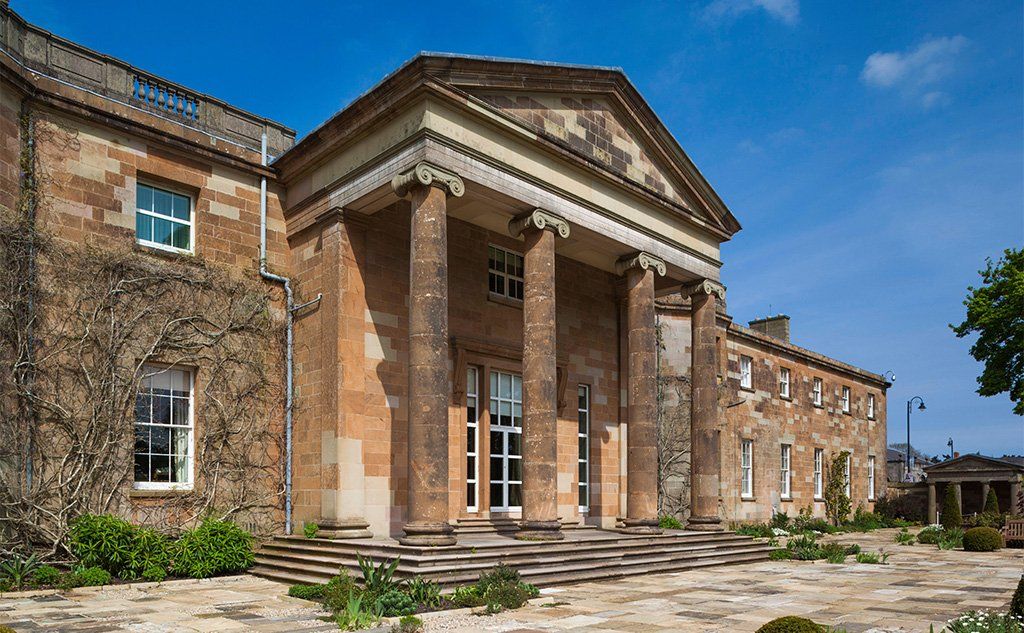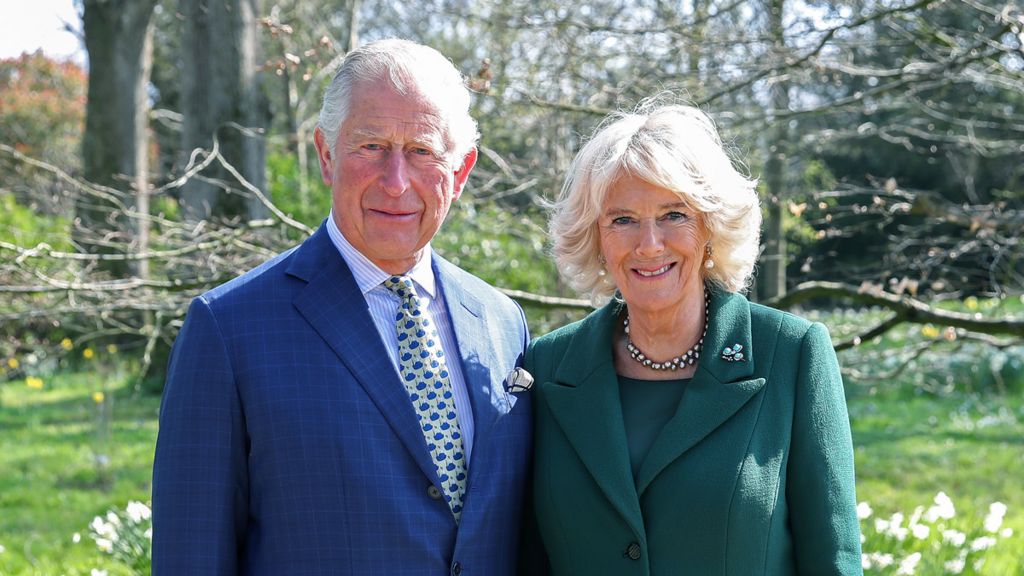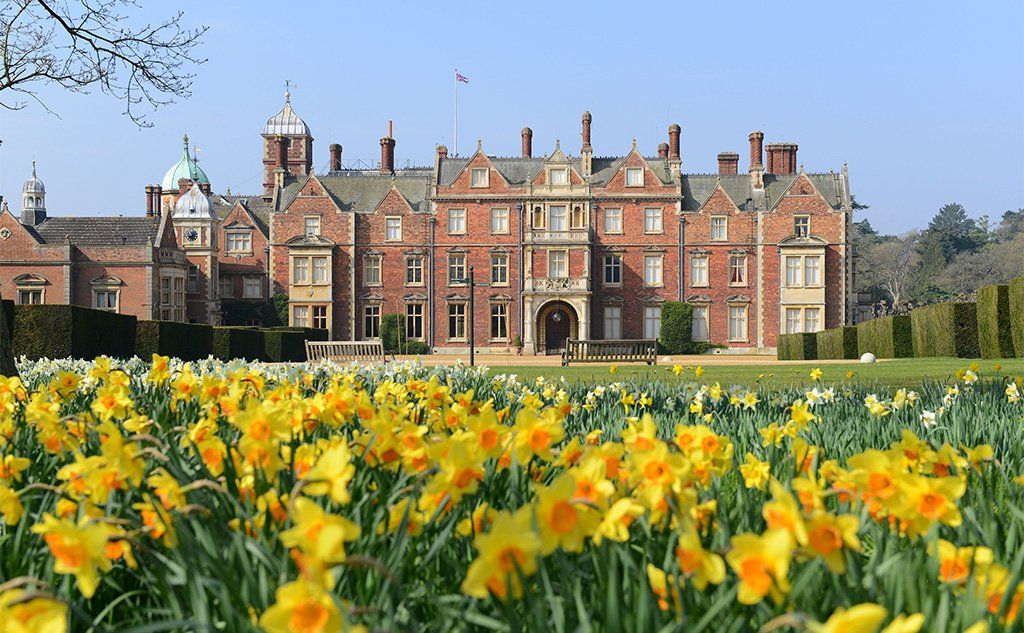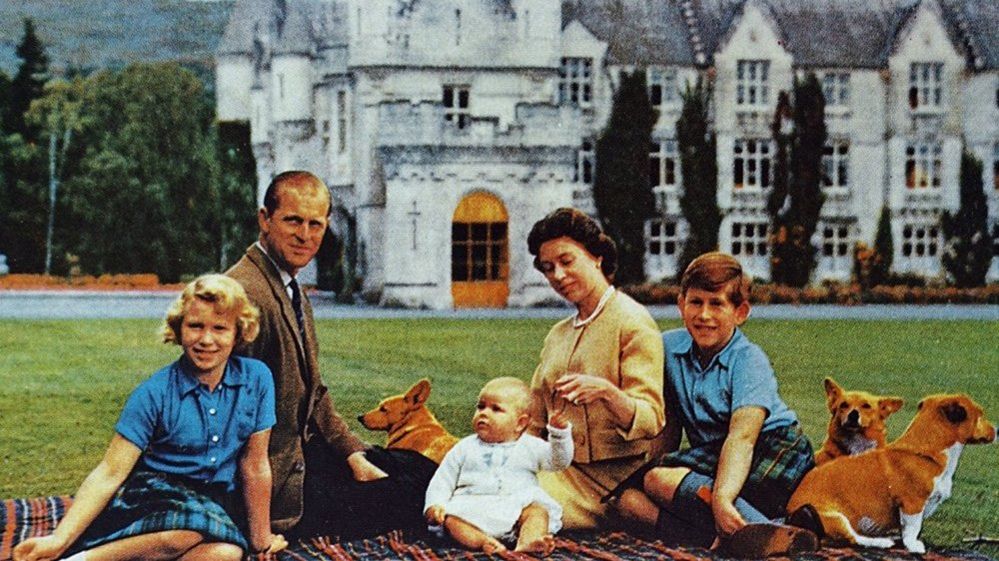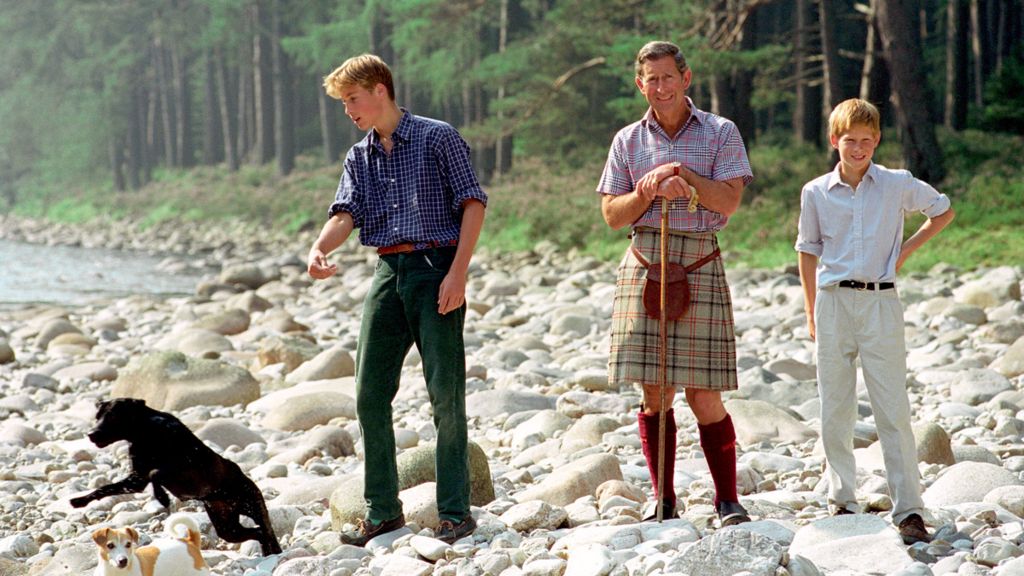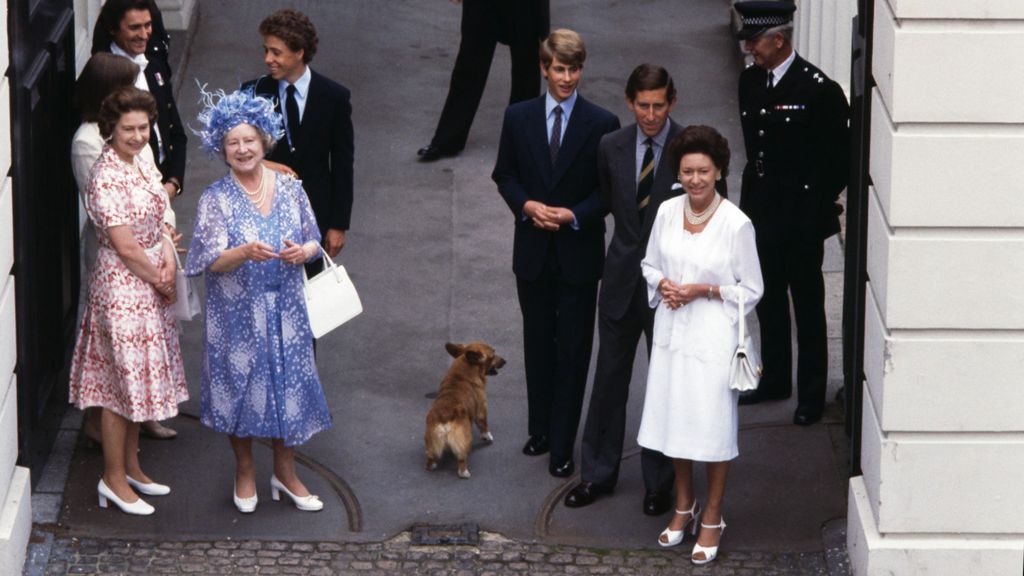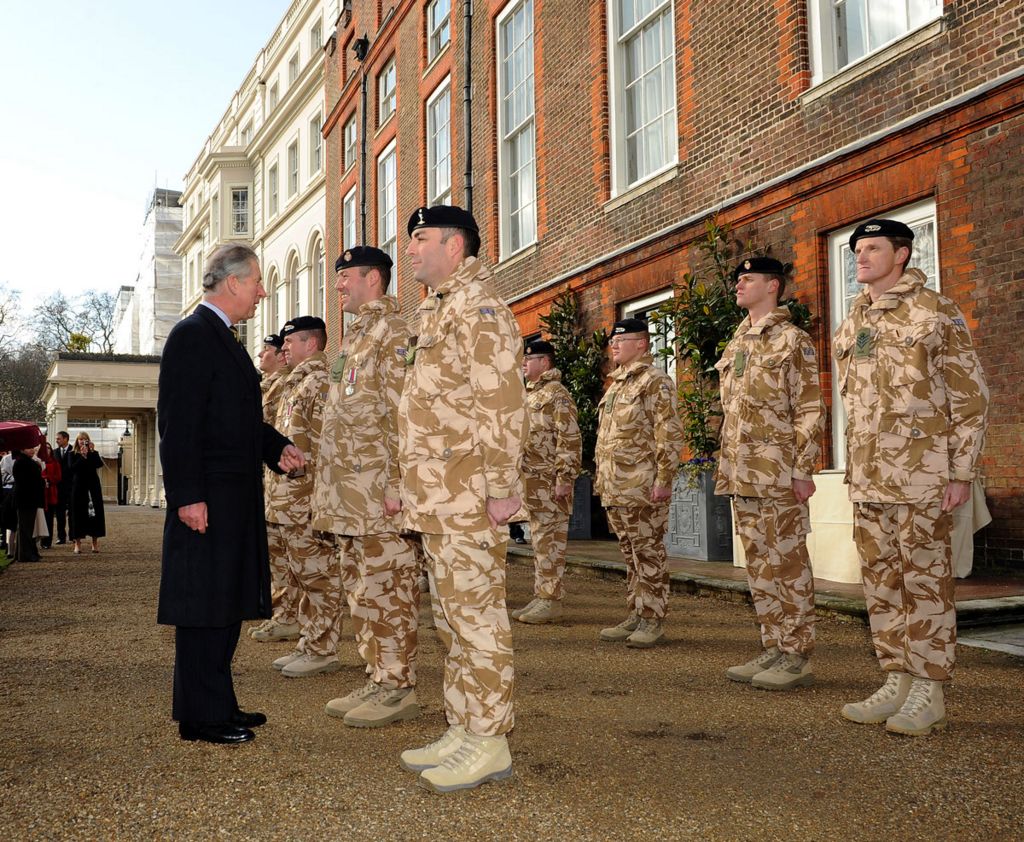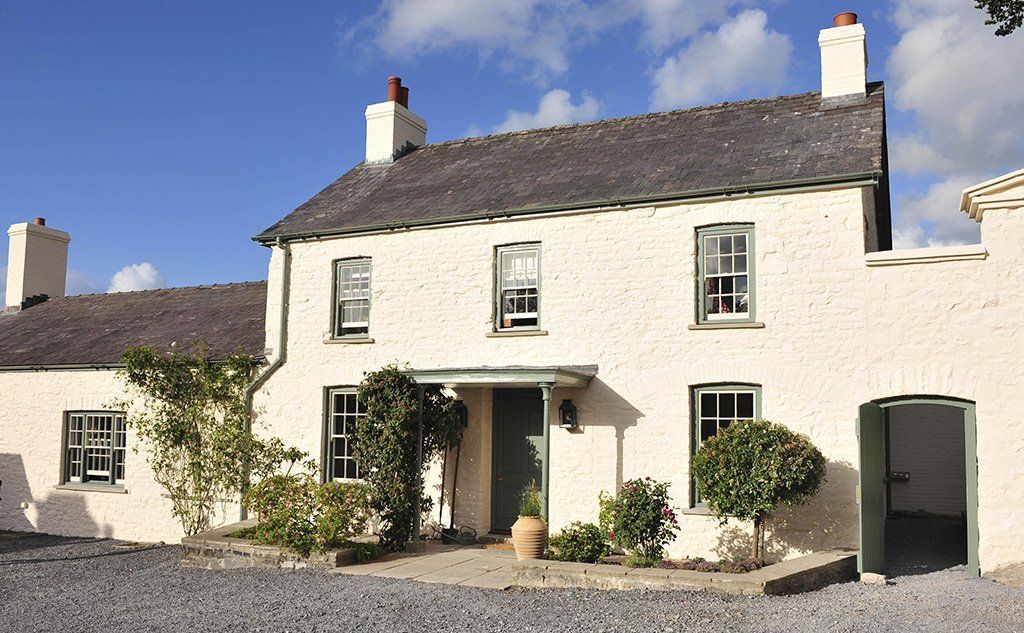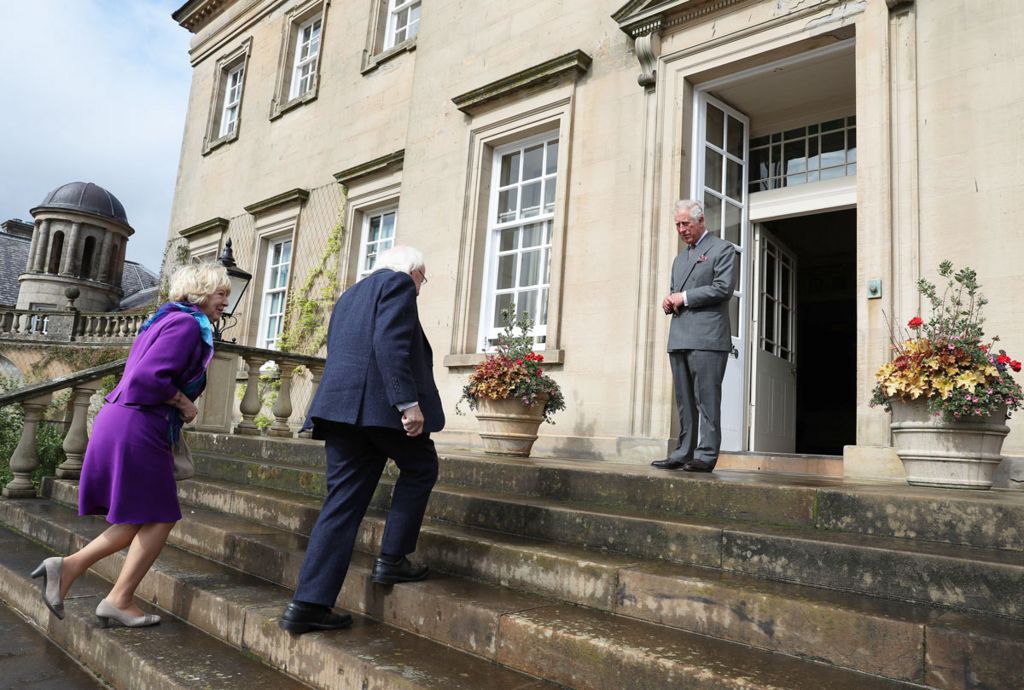BBC News 16 September 2022 - by Jon Kelly
There are many perks to being King. Not having to worry about a roof over your head is definitely one of them.
As well as the very well-known castles and palaces, the properties at King Charles III's disposal include some relatively modest cottages - modest by royal standards, anyway.
Some of these come with the job, others are privately owned by the King himself. There are also buildings belonging to the Duchy of Cornwall, the private estate of the Prince of Wales, which he made his home during his time in the role.
"The optics of the Royal Family having multiple residences when the UK is facing a cost of living crisis is potentially difficult," says Anna Whitelock, professor of the history of monarchy at City, University of London. The King is said to be aware of this and is expected to repurpose many, for instance by opening them up to extra visitors.
So which ones might he choose to actually live in?
Buckingham Palace
The vast 775-room central London building is one of the most famous symbols of the Royal Family. The administrative headquarters of the British monarchy since 1837, some 50,000 guests are invited to official events there each year and it is currently undergoing an extensive refurbishment. In the past, Charles has "talked about turning it into more of an office", says Royal historian Robert Lacey. But recent reports suggest the King intends to slim down his living quarters while keeping a "flat above the shop".
Windsor Castle
Said to be the world's biggest and oldest inhabited castle, Windsor was the late Queen Elizabeth II's weekend home and became her main residence once the Covid pandemic began. How much time the new King will spend there, however, remains to be seen. The Prince of Wales and his family have just moved to nearby Adelaide Cottage and it is anticipated they will put down further roots in the Windsor area. "I would have thought it would be more William's stamping ground," says Lacey.
The Palace of Holyroodhouse
While Balmoral is perhaps better known, the palace at the foot of Edinburgh's Royal Mile is the monarch's official residence in Scotland. Like Buckingham Palace and Windsor Castle, it is the property of the Crown. Queen Elizabeth spent a week there each year hosting official and state occasions, as did King Charles when he was Prince of Wales. It contains 289 rooms, 17 of which are open to the public.
Hillsborough Castle
Most recently in the spotlight when the King grew frustrated by a leaky pen during a visit, Hillsborough Castle is his official residence in Northern Ireland - as well as that of the Secretary of State for Northern Ireland. As such, key negotiations around the Northern Irish peace process took place there. The 18th Century country house is set in 100 acres of gardens and is a popular visitor attraction.
Highgrove House
Charles moved to the Gloucestershire property in 1980 and remodelled its estate. His late wife Diana was said to have disliked it, but according to Prof Whitelock, it is - along with Clarence House - the place where he feels "most at home". However, the property is owned by the Duchy of Cornwall, which in turn is headed by the Prince of Wales - so if he wishes to stay the King will be his son's tenant.
Sandringham House
Unlike most other royal residences, the Norfolk country house it is privately owned by the monarch, having originally been bought by King Edward VII and passed down to his heirs. The late Queen spent her winters at the property and Royal Family Christmas Day walks there became a familiar sight. Charles took over the running of the 20,000-acre estate in 2017 and began transforming it into a fully organic enterprise.
Balmoral
The Balmoral Estate is also privately owned. Developed by Queen Victoria and Prince Albert, the castle's Great Tower looms 100ft (30.5m) over Royal Deeside in north-east Scotland. Queen Elizabeth, who died there on 8 September, would regularly spend the summer months on the estate. The King has strong connections of his own to the area - he already owned neighbouring Birkhall, which he inherited from his grandmother and he and the Queen Consort spent their honeymoon there.
Clarence House
Adjacent to St James's Palace on The Mall, the John Nash-designed Regency building has less widespread allure than other Royal properties. "Clarence House is the least palatial of all the residences in London," says Lacey. But the King is said to be deeply fond of it. "It has great associations for him because his beloved grandmother lived there," says Lacey. It was also his official London residence between 2003 and 2022.
Llwynywermod
The estate, which sits just outside the Brecon Beacons National Park in Carmarthenshire, was bought by the Duchy of Cornwall in 2006. A three-bedroom cottage was converted for the use of the future King Charles and Camilla, the Queen Consort. The couple stay there during their visits to Wales and the King has visited the local church.
Dumfries House
The Palladian country house in Ayrshire is not officially a Royal residence, but the King has spent a great deal of energy and resources raising funds for the restoration of the building and its specially commissioned Thomas Chippendale furniture. He was staying there when he was told his mother was gravely ill before being flown by helicopter to Balmoral.
Castle of Mey
Located in Caithness on Scotland's northern coast, the property - formerly known as Barrogill Castle - was purchased by the Queen Mother in 1966, a transaction that features in an episode of Netflix's The Crown. It is now under the stewardship of The Prince's Foundation, whose president is the King. He and the Queen Consort usually stay there in late July and early August.
Tamarisk House
The cottage on the Isles of Scilly in Cornwall is set in a quarter of an acre of land and reportedly the King would stay there with his late former wife Diana and their children. It is now available to rent as a holiday cottage.

